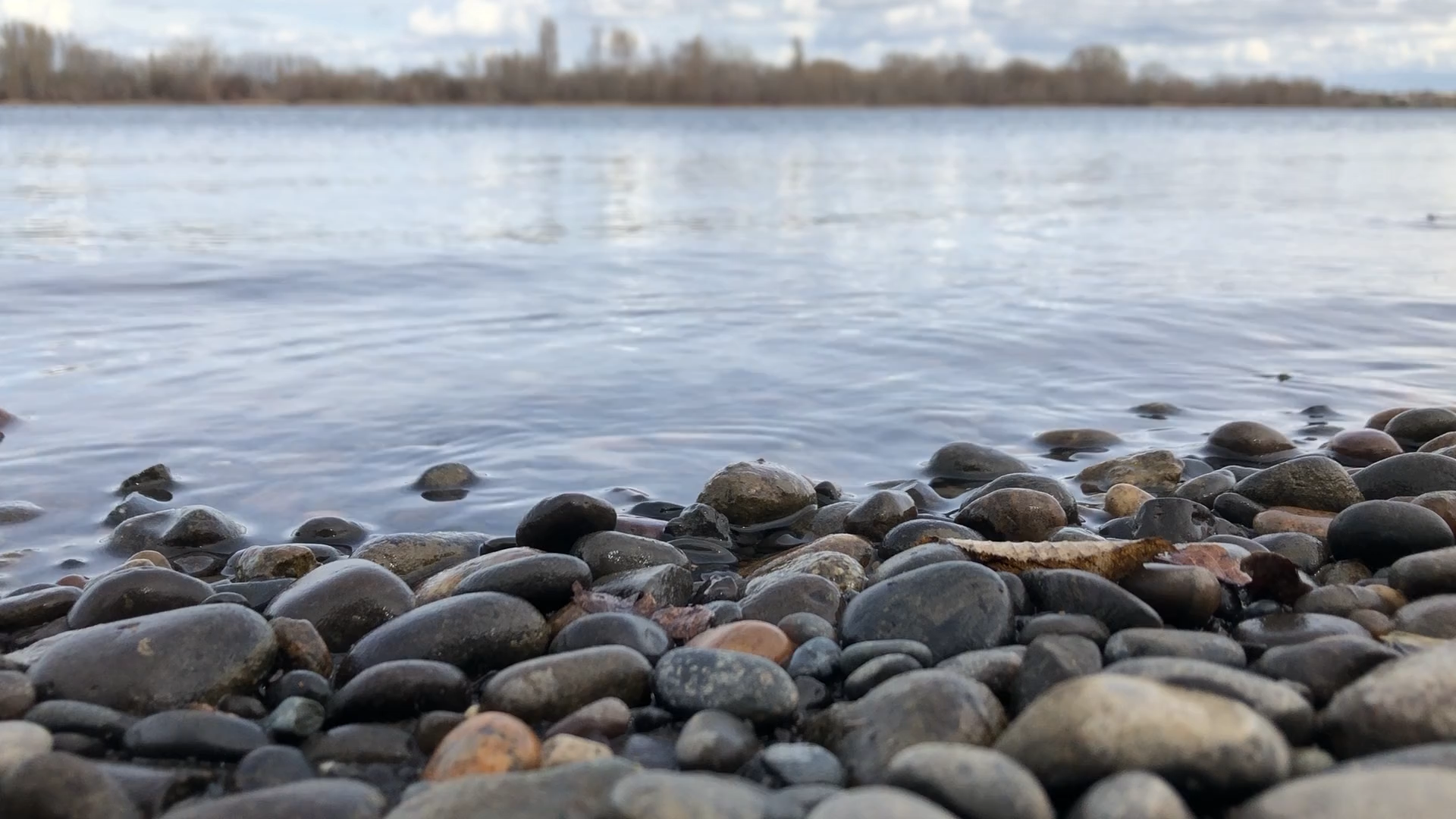A Brief History of Hawaii
The Hawaiian Islands have a vibrant yet tragic history that traces back long before the founding of the modern-day United States. It is important for those of us who visit the islands today to have a cursory understanding of the events that formed the Hawaiian identity in order to fully appreciate the challenges that the island and its people have overcome.
Originally settled as early as 400 C.E. by Polynesians who voyaged some 2,000 miles across the Pacific Ocean from Marquesas Islands, these first inhabitants established many of the settlements and holy sites found around the island today. They would go on to form the unique Hawaiian culture that has since become world-famous.
In 1778, Captain James Cook, a British explorer, cartographer, and naval officer became the first European to set foot on the islands, landing on the sandy beaches of Kauai. Around the turning on the century, King Kamehameha used some of the tactics he learned from the British to unite the entire archipelago into a singular kingdom for the first time.
Shortly thereafter, Hawaii became a well-known trade location, it’s central position in the Pacific Ocean made it ideal for goods being shipped between Asia and the growing United States.Western missionaries, traders and whalers were drawn to the islands, but the diseases they brought with them devastated the native people. By 1853, the indigenous population had plummeted from 300,000 to around 70,000.
In the 1890’s, American colonists took advantage of the situation by gaining control over Hawaii’s economy, overthrowing the kingdom, establishing the Republic of Hawaii, and imprisoning the last Hawaiian ruler, Queen Lili’uokalani.
From that point forward, the archipelago was used to cultivate sugar for the mainland US, and eventually as a naval hub for our forces in the Pacific. In 1941, during the midst of WWII, some 2,300 US Americans were killed in the infamous Japanese attack on Pearl Harbor, which forced the United States to join the war effort on both the European and Pacific fronts. This tragedy did much to unify the remaining local population and the American colonists. 18 years later in 1959, Hawaii became the 50th United State, making it the “youngest” in our Union to this day.
Today, Hawaii is an integral part of the United States, drawing an ever-increasing amount of tourism from the mainland. Beyond that, it remains a critical naval location, functioning as a gateway to the Pacific and employing tens of thousands of US military personnel. Now that you’re equipped with a broad understanding of the history, you can carry that knowledge with you to during your vacation and connect on a deeper level with the stunning environment that is Hawaii.



